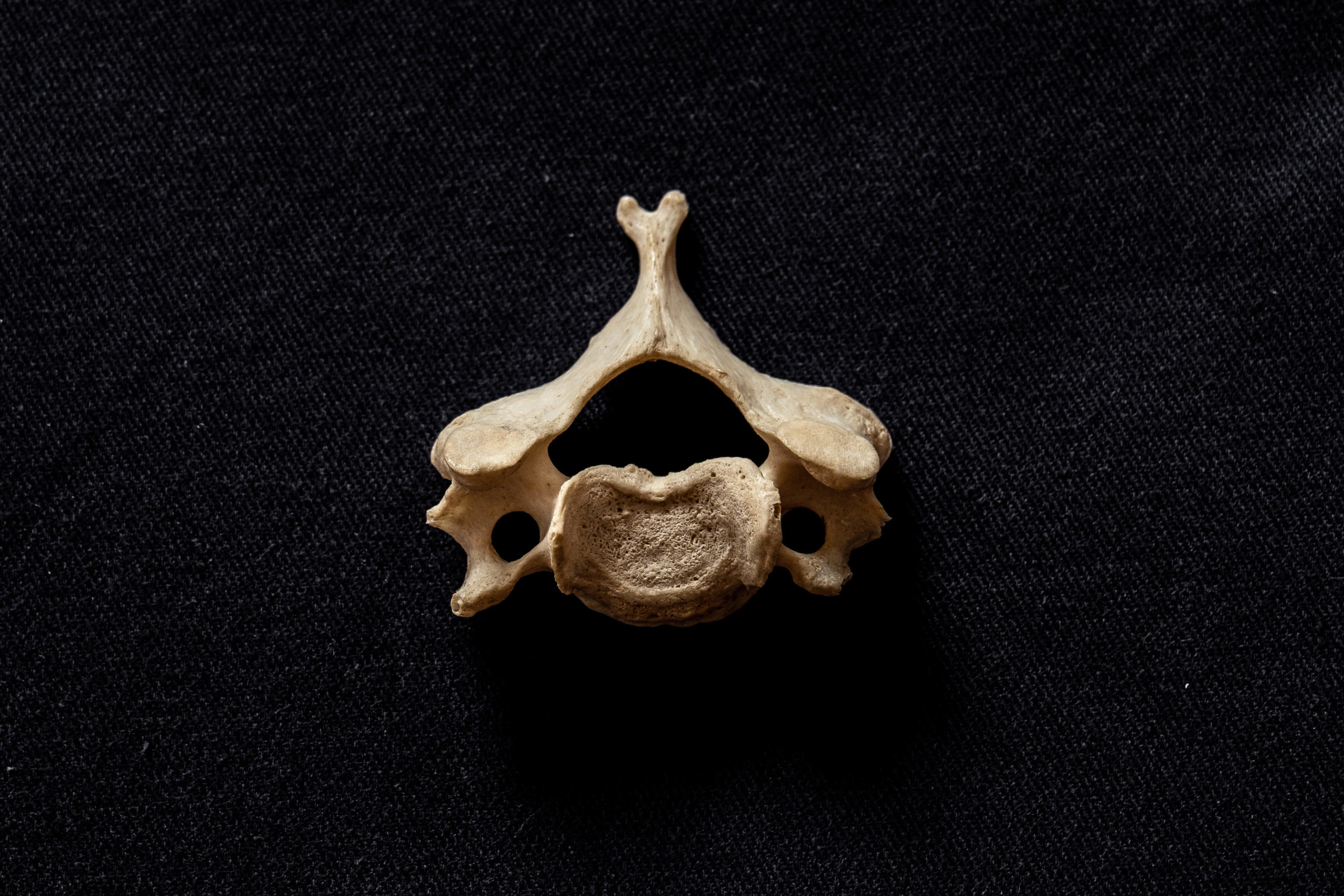
May 20, 2022 | Glossary
The Musculoskeletal System: A Glossary
The musculoskeletal system is made up of bones, cartilage, ligaments, tendons, and connective tissue...
Mon - Fri: 8:00 a.m. to 5:00 p.m
Minimally invasive lumbar spinal fusion has a very high success rate. That’s why at Biscup Spine, Dr. Biscup performs minimally invasive spinal fusion, also known as percutaneous spinal fusion, rather than traditional spinal fusion. In addition to this, Dr. Biscup has significant experience in minimally invasive spine surgery.
If you’re living with lower back pain caused by a spine condition spinal fusion has been recommended to you, it’s important that you understand your options before deciding between a traditional fusion or minimally invasive spinal fusion. Keep reading to learn more about the difference between these procedures, the benefits of minimally invasive fusion, and more.
Lumbar spinal fusion is a surgery performed with the ultimate goal of easing spinal degeneration pain by fusion two or more vertebrae together. This stops movement between the fused vertebrae and stabilizes the spine. This procedure does place some limits on a person’s mobility, but when a patient is a candidate, the benefits of fusion outweigh this slightly limited mobility.
This procedure is generally used to treat the following spine conditions:
There are different types of lumbar spinal fusion. Traditional spinal fusion, which is open surgery, and minimally invasive spinal fusion, or percutaneous spinal fusion.
In open surgery, the area being operated on is opened with a 5-6 inch long incision that allows the surgeon to directly view and access the anatomy. After the incision, the surgeon then moves the back muscles aside in order to easily see and access the spine. Unfortunately, this can cause damage to surrounding muscles and requires a long and painful recovery. However, as medicine advances, minimally invasive spinal fusion is becoming more common.
Also known as minimally invasive spinal fusion, this approach uses only a small incision to access the spine. This only allows the surgeon to access the problematic area of the spine rather than viewing a large portion of the spine. Minimally invasive lumbar spinal fusion has many benefits, such as:
Minimally invasive spinal fusion is much safer than traditional spinal fusion and has a high success rate, especially here at Biscup Spine.
Even within minimally invasive lumbar spinal fusion, there are two approaches: with and without instrumentation. Spinal fusion performed with instrumentation involves the use of screws, rods, cages, or other implanted devices to hold the vertebrae together as it heals and fuses. Once the fusion is stable and healed, implanted devices may be able to be removed. Fusion performed without instrumentation instead uses synthetic bone grafts and stem cells to help this process.
Spine surgeons are currently in disagreement regarding which procedure is best, but at Biscup Spine, we take the time to evaluate your specific condition, reviewing the risks and benefits of both techniques in treating you before making a decision of whether to perform this procedure with or without instrumentation. Our primary goal is always to recommend the best treatment for you and your unique needs.
Although minimally invasive lumbar spinal fusion is safe and has a high success rate, it’s technically demanding and not offered in many hospitals or clinics for this reason. Fortunately, Dr. Robert Biscup has performed many minimally invasive lumbar spinal fusions over the course of his career. He is a world-renowned pioneer in minimally invasive lumbar spine surgery techniques, greatly increasing his patients’ likelihood of success.
In order to get relief from your lumbar spine pain, your physician will need to take time to truly understand the cause of your condition in order to effectively treat it. At Biscup Spine, this is always Dr. Biscup’s first step with patients. During your consultation, he will take the time to discuss your medical history and your condition so that he can get a full understanding of the cause and how to best treat it with the least invasive option.
In addition to this, Dr. Biscup utilizes a variety of advanced diagnostic tools such as MRI scans, nerve blocks, and comprehensive blood tests. He uses these tools to create a personalized care plan for each patient’s unique condition. At Biscup Spine, our goal is to provide you with a personalized treatment plan with the tools and resources you need to ensure you’ll meet your health goals using the highest quality of clinical care and an unmatched standard of service excellence.
If you’re currently living with lower back pain caused by a spine condition and have all but given up on finding relief, please don’t hesitate to call us at 1-800-533-7313 or contact us online today. We want to help you get the best outcome possible for the relief of your lower back pain and we pride ourselves on our proven ability to do so. We look forward to partnering with you on your successful journey to better health!
Featured image by pressfoto – www.freepik.com

The musculoskeletal system is made up of bones, cartilage, ligaments, tendons, and connective tissue...

Many of us don’t think twice about our spine, taking the flexibility and mobility it provides us w...

Improving your spine health starts with finding the doctor and practice that will provide you with a...
©2025 Biscup Spine. All Rights Reserved. | Privacy Policy | Support by ITCare